Deck & Commander Strategies

Omnath, Locus of Rage
Utilizes landfall triggers to create elemental tokens and deal damage when elementals die, focusing on ramping lands and controlling the board through incremental damage.

The Balrog, Durin's Bane
A sacrifice-heavy deck that reduces commander cost by sacrificing permanents, deploying a fast and hard-to-block threat with haste, and leveraging death triggers to remove key enemy creatures or artifacts.
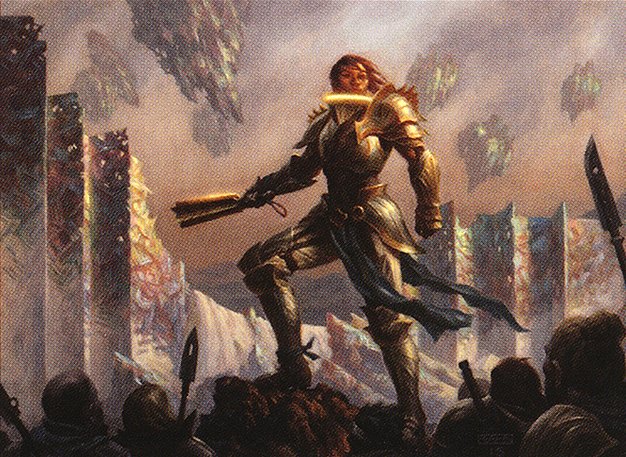
General Tazri
A five-color allies deck that searches for and buffs allies, using synergistic triggers to drain opponents' life and recur creatures from graveyards to maintain board advantage.

Elsha of the Infinite
Focuses on casting spells from top of the deck and exploiting artifact and spell synergies, aiming to combo or spin up value engines, though early ramp and fixing can be challenging.
Gameplay Insights
- 1
The Balrog’s cost reduction through sacrificing permanents and treasure generation allowed for an early, impactful threat that pressured opponents immediately.
- 2
Using Urza's Saga to generate construct tokens and enable artifact synergies provided a versatile value engine, creating multiple threats and digging through the deck.
- 3
General Tazri’s graveyard recursion and ally synergy proved effective in maintaining presence and applying slow, consistent damage through life drain triggers.
- 4
Omnath’s landfall triggers combined with elemental token creation and damage on death established control over the board and created repeated value from land drops.
- 5
Players carefully managed resources by sacrificing lands and artifacts to ramp and generate mana, enabling explosive plays such as casting The Balrog and activating powerful artifacts like Throne of Dynamis.
Notable Cards
-
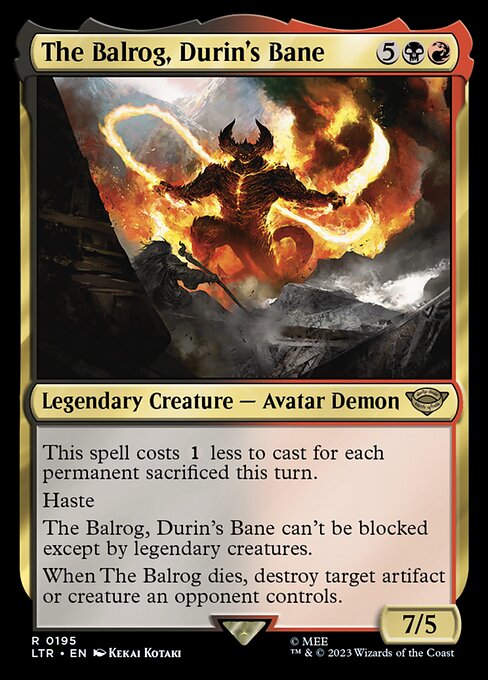
The Balrog, Durin's Bane
-

Omnath, Locus of Rage
-

General Tazri
-

Elsha of the Infinite
-
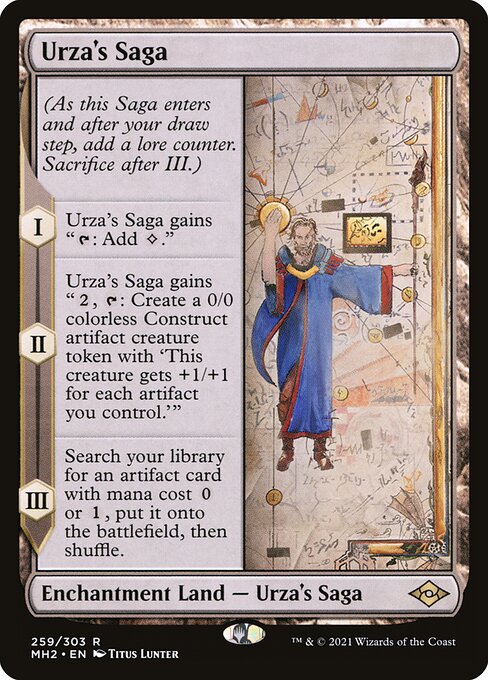
Urza's Saga
-

Seething Song
-
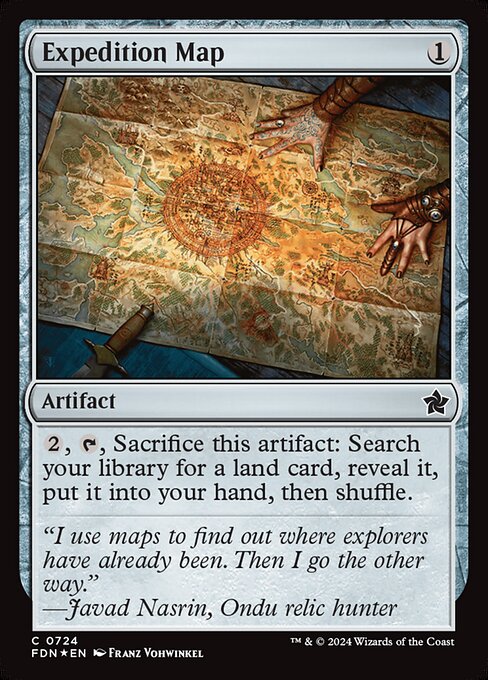
Expedition Map
-
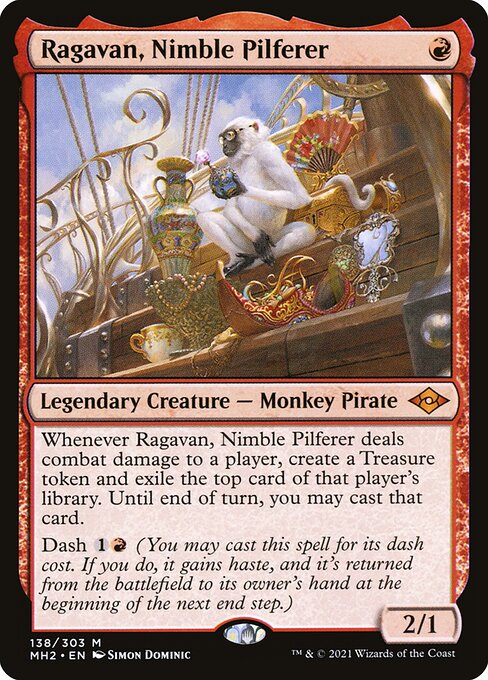
Ragavan, Nimble Pilferer
Gameplay Summary
The game began with a typical ramp and setup phase, with players developing their mana bases and early board presence.
Omnath, Locus of Rage leveraged its landfall ability to generate elemental tokens and deal damage whenever elementals died, establishing strong board control.
The Balrog, Durin's Bane, was cast efficiently by sacrificing permanents and utilizing treasure tokens, quickly becoming a formidable threat with its unblockable haste and the ability to destroy creatures or artifacts upon death.
General Tazri focused on assembling allies, using synergistic triggers and recurring creatures from graveyards, applying incremental pressure on opponents while building a resilient board.
Elsha of the Infinite aimed to capitalize on spells and artifacts to enable combos but initially struggled with mana fixing and ramp to fully execute her game plan. Key turning points included The Balrog swinging in for significant early damage, forcing other players to respond quickly, and the use of Urza's Saga by Elsha's pilot to create artifact constructs and dig through the deck, opening up potential powerful plays.
The game featured tactical resource management such as sacrificing lands for mana and treasure generation, alongside graveyard recursion that kept the board state dynamic.
While Omnath continuously threatened with elemental tokens and damage, Tazri steadily gained advantage through allies’ synergy and life drain effects.
The Balrog’s presence was a consistent menace, shaping combat decisions and board wipes.
Overall, the game revolved around managing board presence, leveraging graveyard interactions, and maximizing landfall and ally triggers to outpace opponents.













![Commander VS S1E5: Noyan Dar vs Zada vs Omnath vs Drana [MTG Multiplayer] thumbnail](https://i.ytimg.com/vi/i4dlYaidQOQ/sddefault.jpg)










![Commander VS S5E5: ??? vs ??? vs ??? vs ??? [MtG Multiplayer] thumbnail](https://i.ytimg.com/vi/IoN5gMmHpbg/sddefault.jpg)
![Commander Vs S2E3: Ayli vs Kozilek vs Tazri vs Mina and Denn [MtG: Multiplayer] thumbnail](https://i.ytimg.com/vi/bGHd9YWbpCM/sddefault.jpg)









![Random Deck Roulette! [Commander VS 291] | Magic: the Gathering Commander Gameplay thumbnail](https://i.ytimg.com/vi/L2Xh88xu-bk/sddefault.jpg)
![Commander VS S17E2: K'rrik VS Gerrard VS Volrath VS Elsha [EDH] thumbnail](https://i.ytimg.com/vi/yfRsKaCJCSA/sddefault.jpg)





